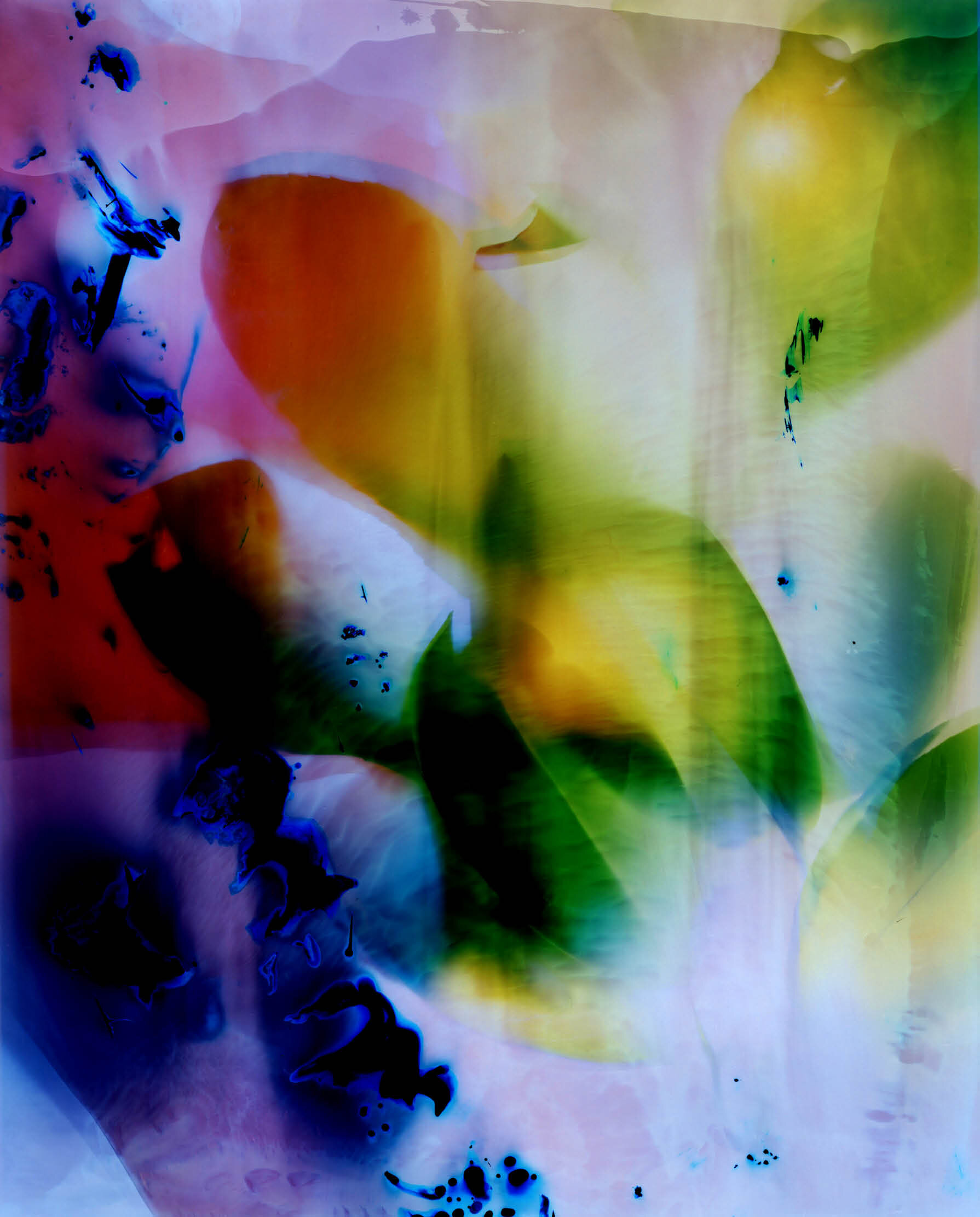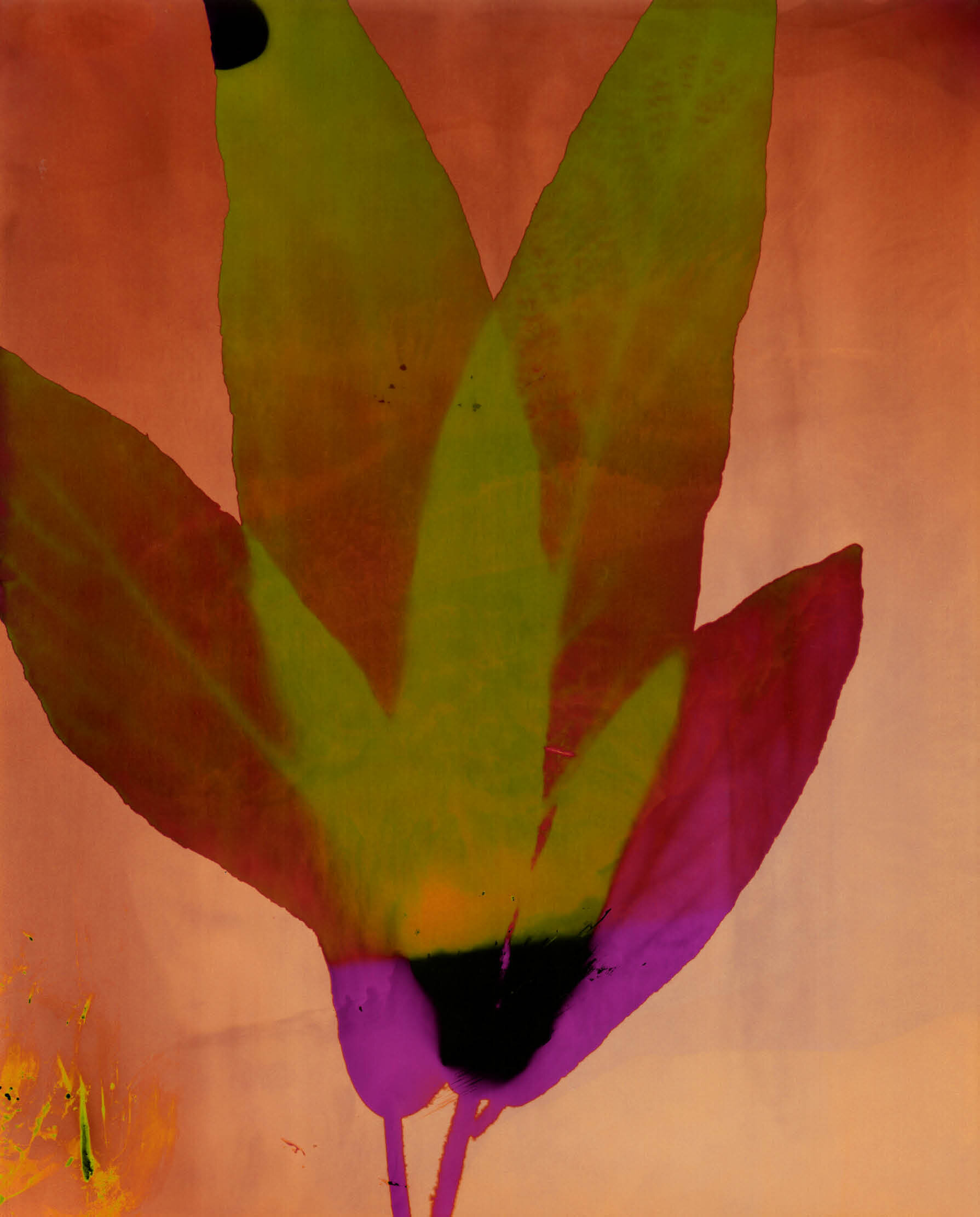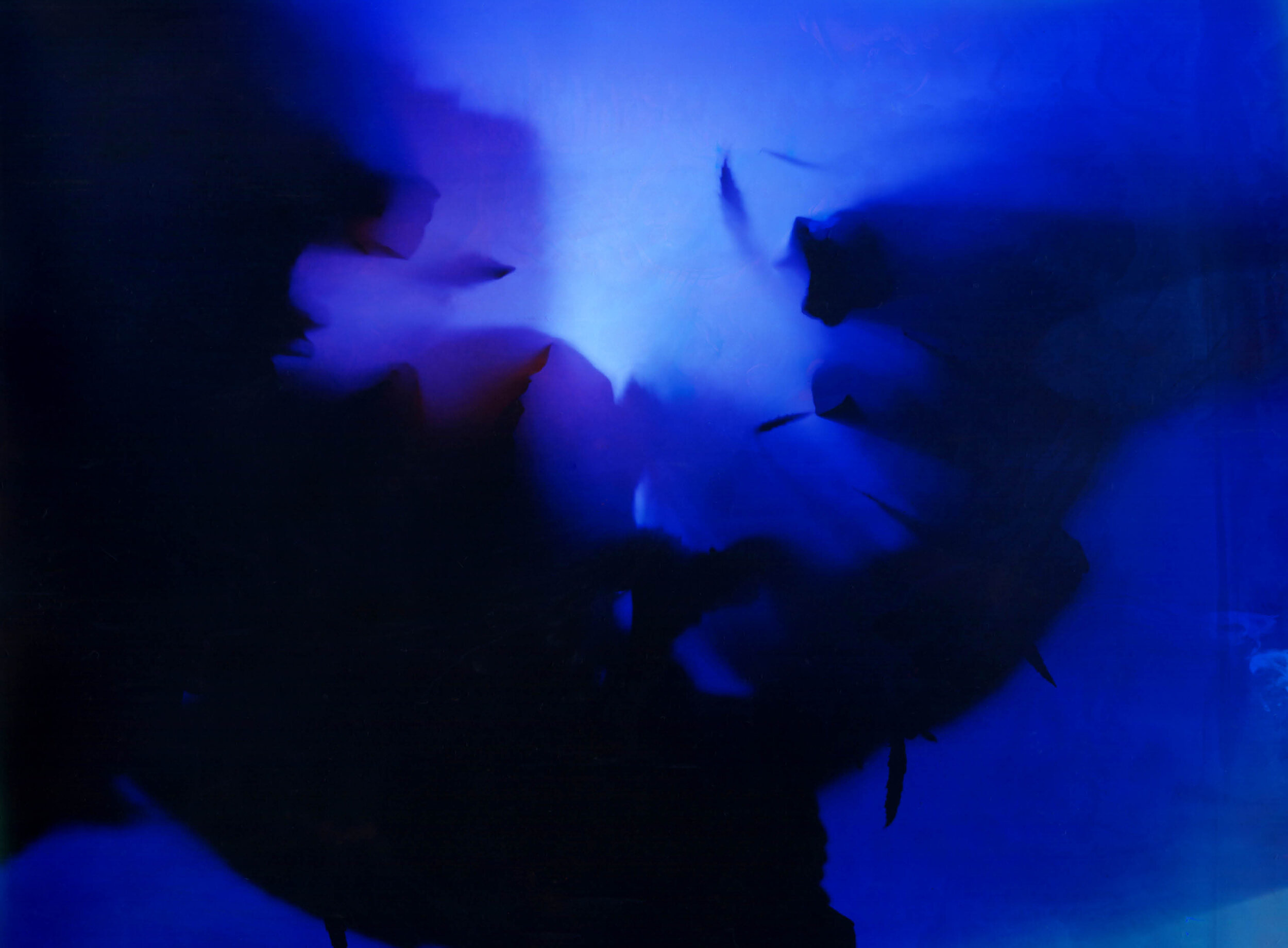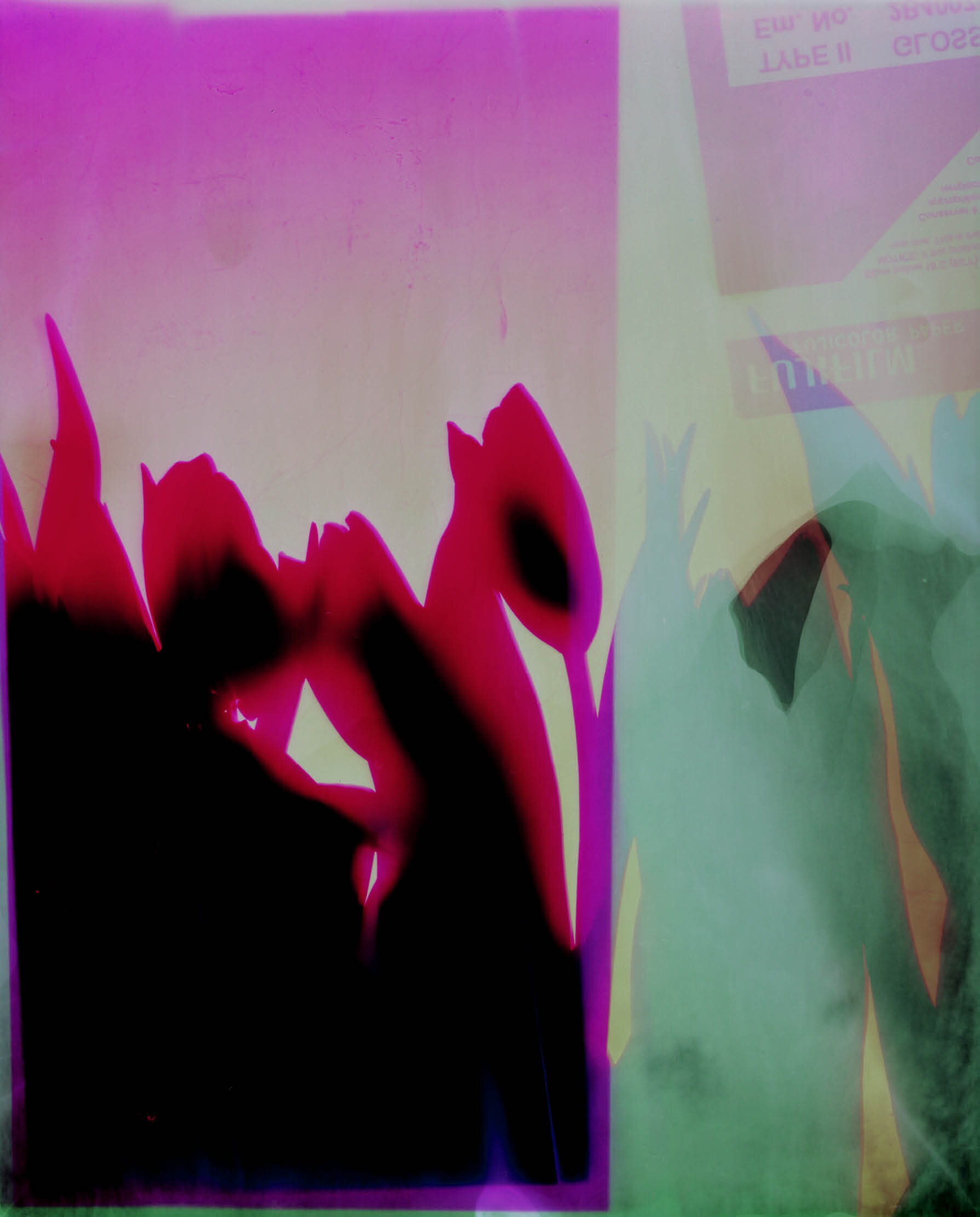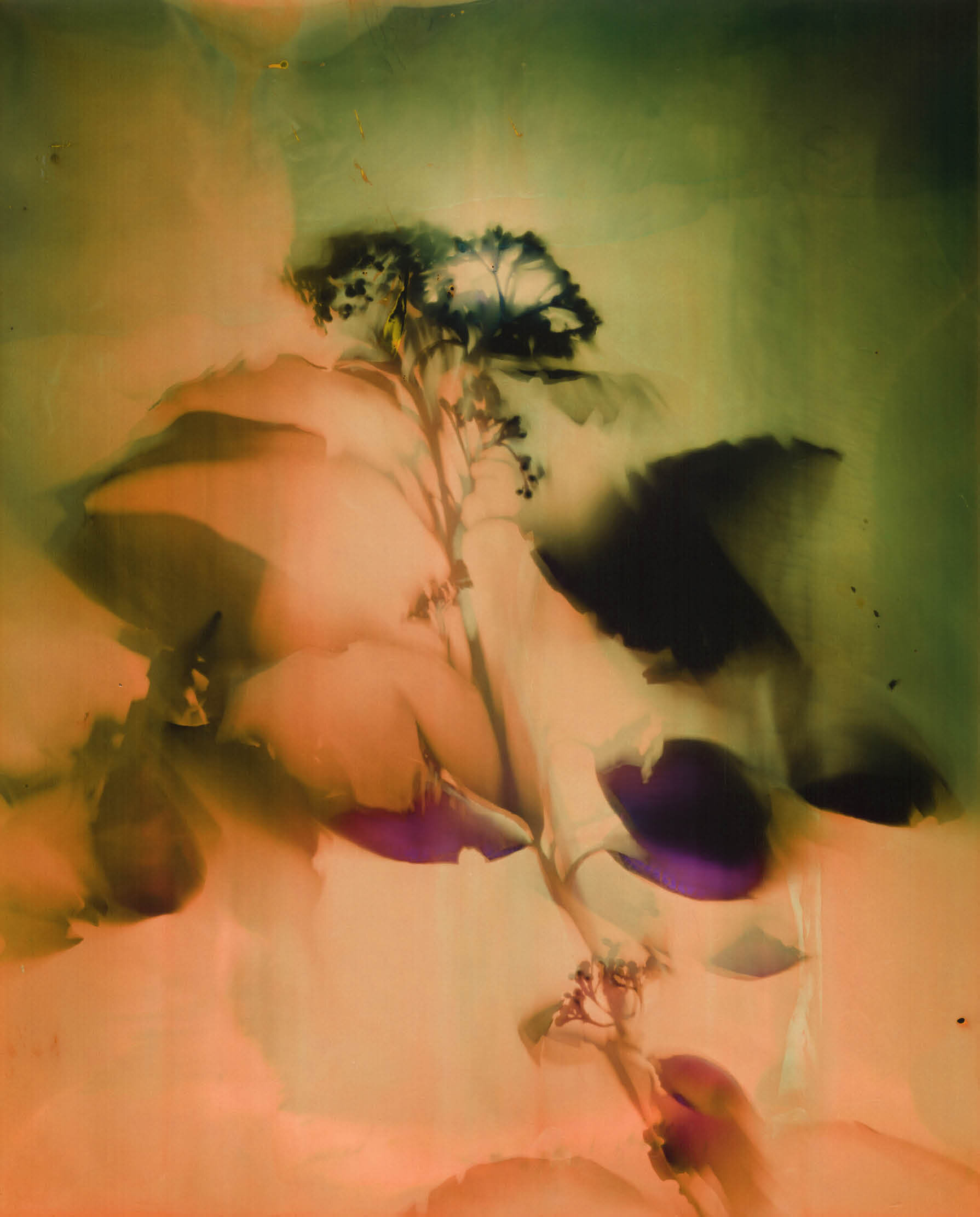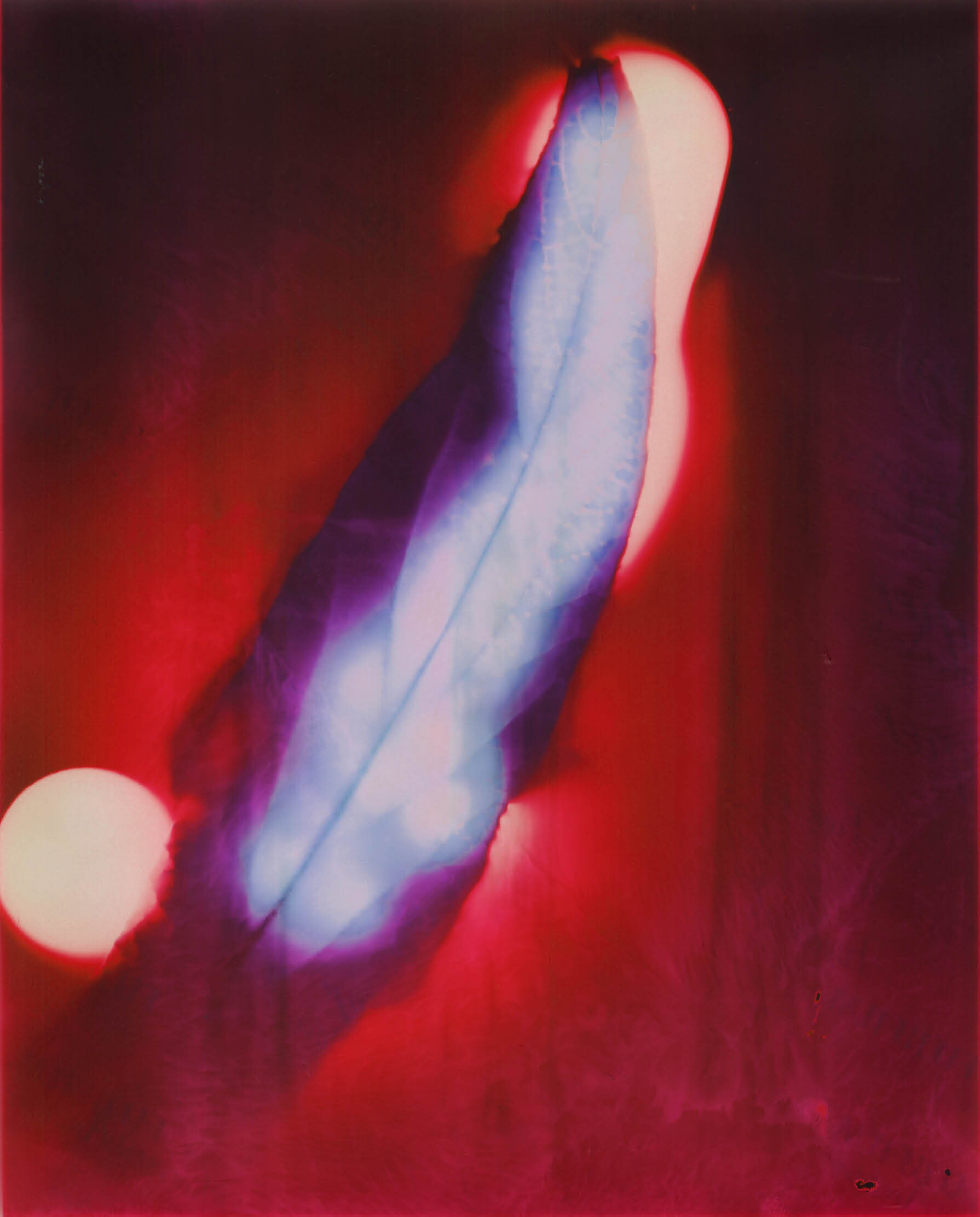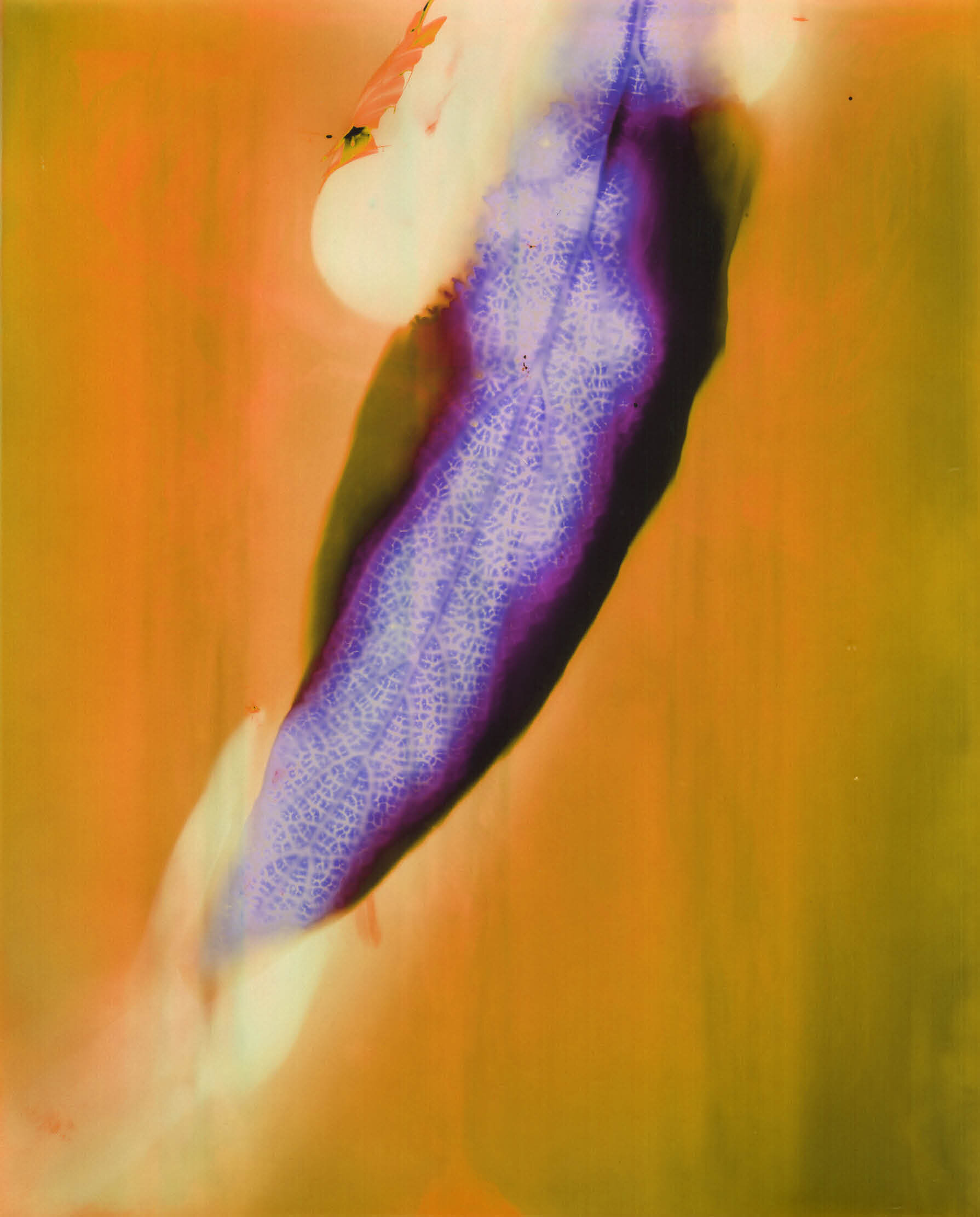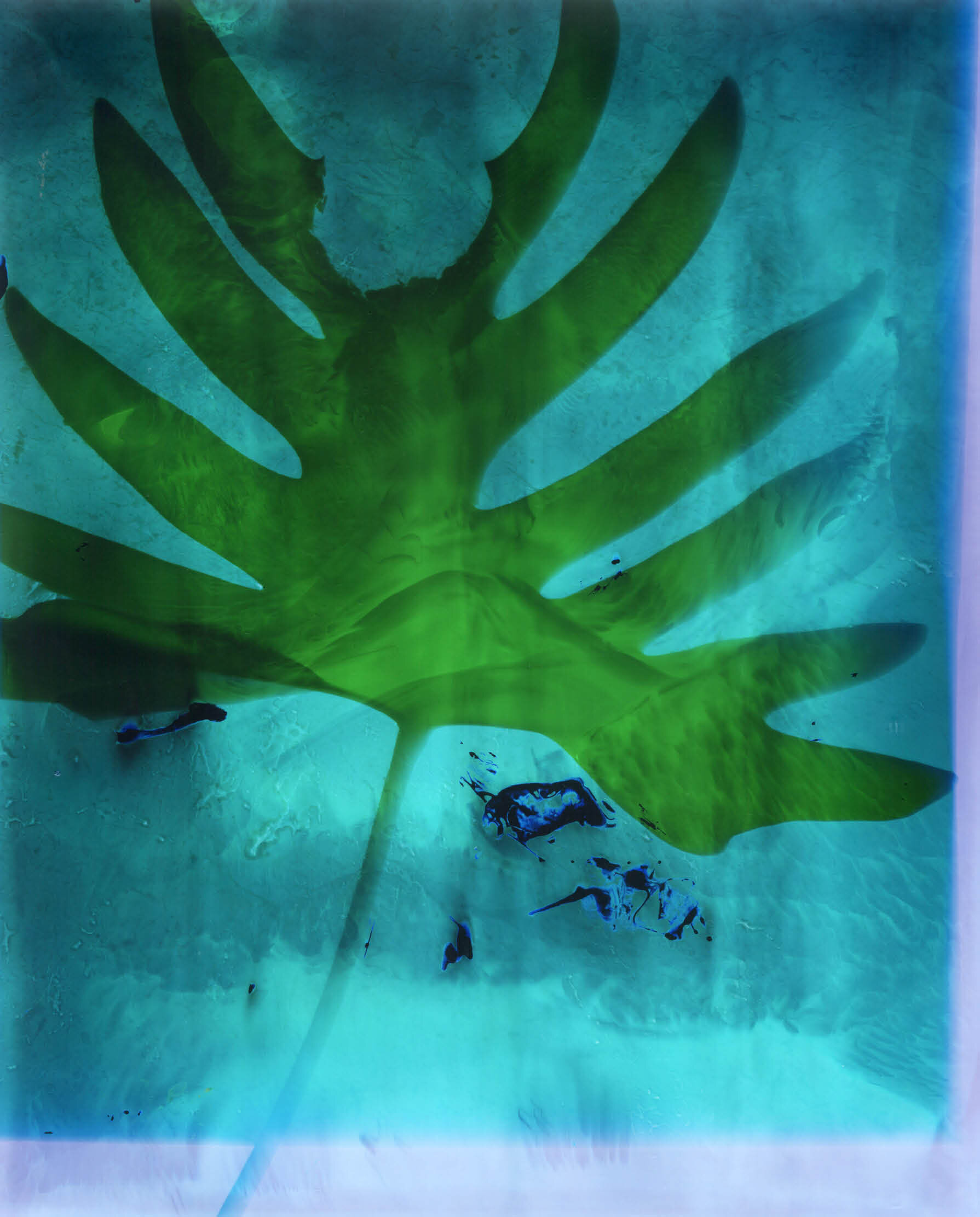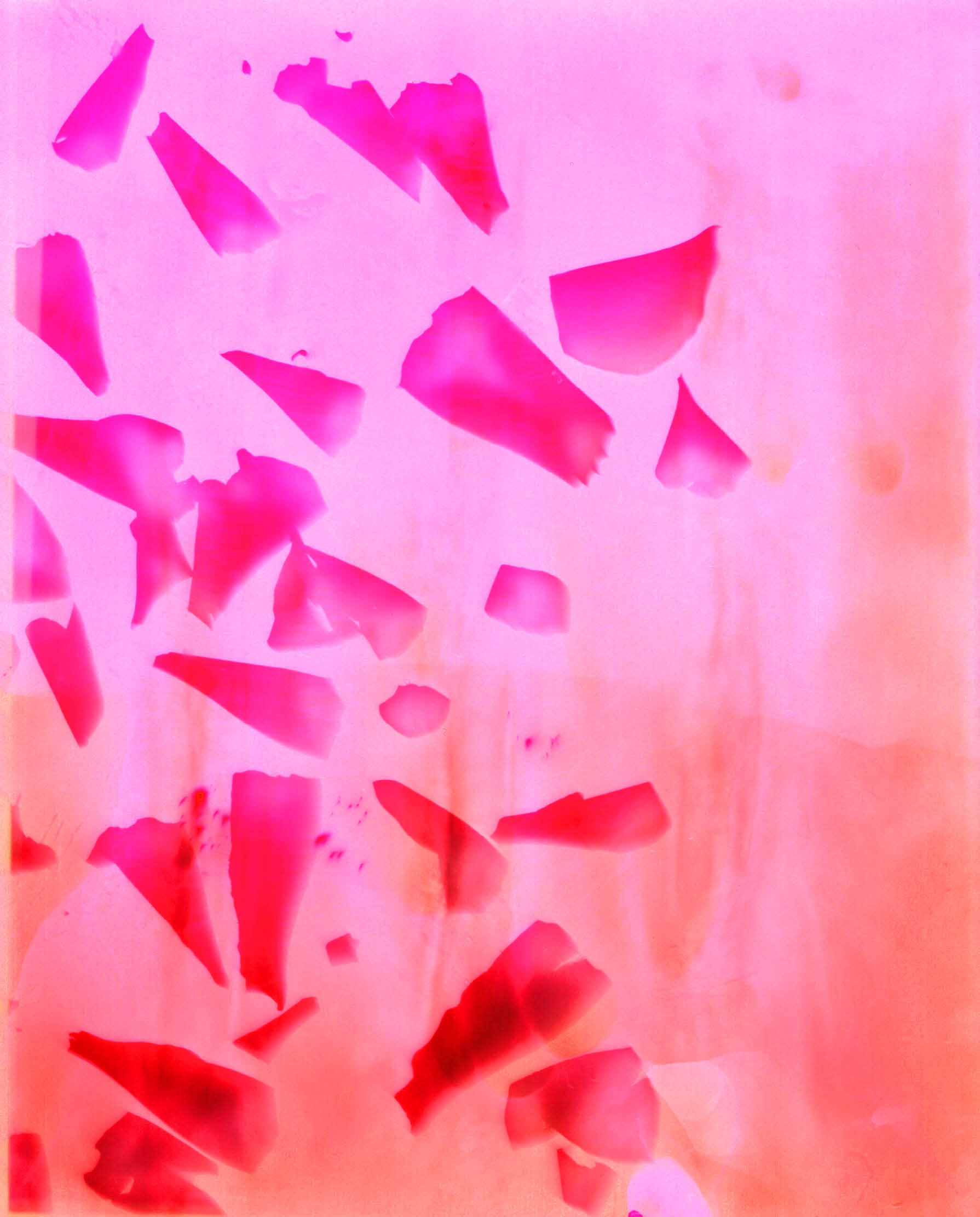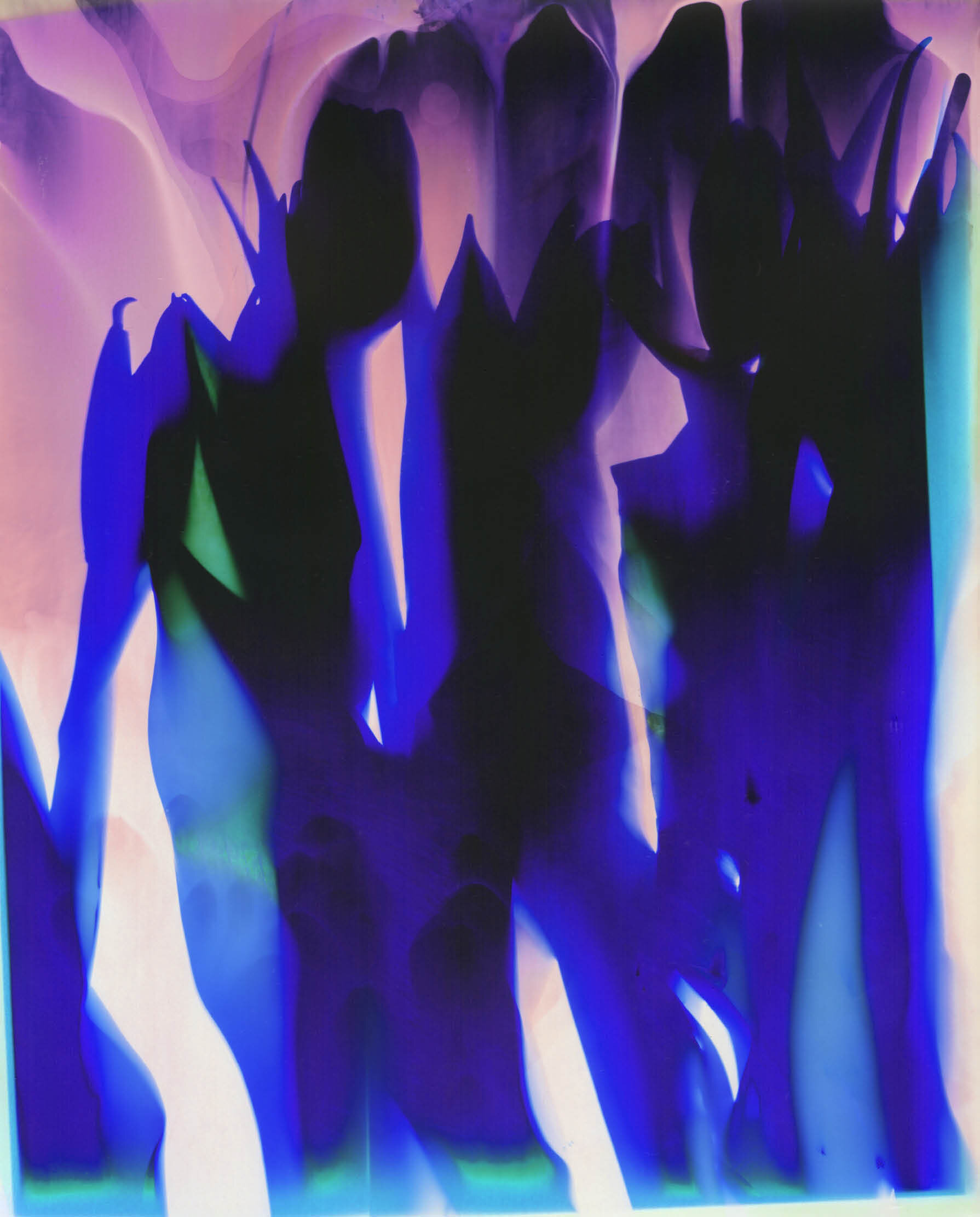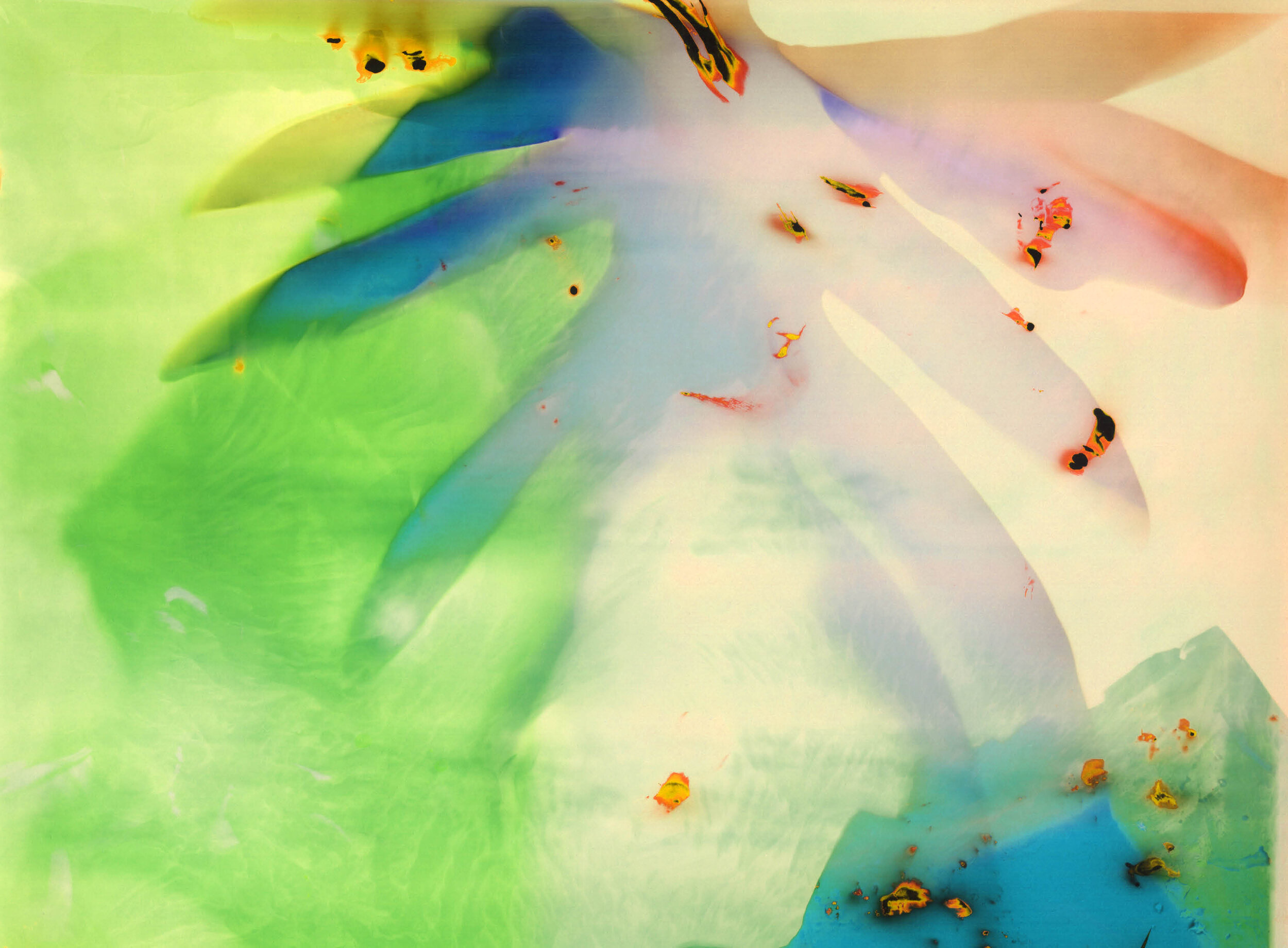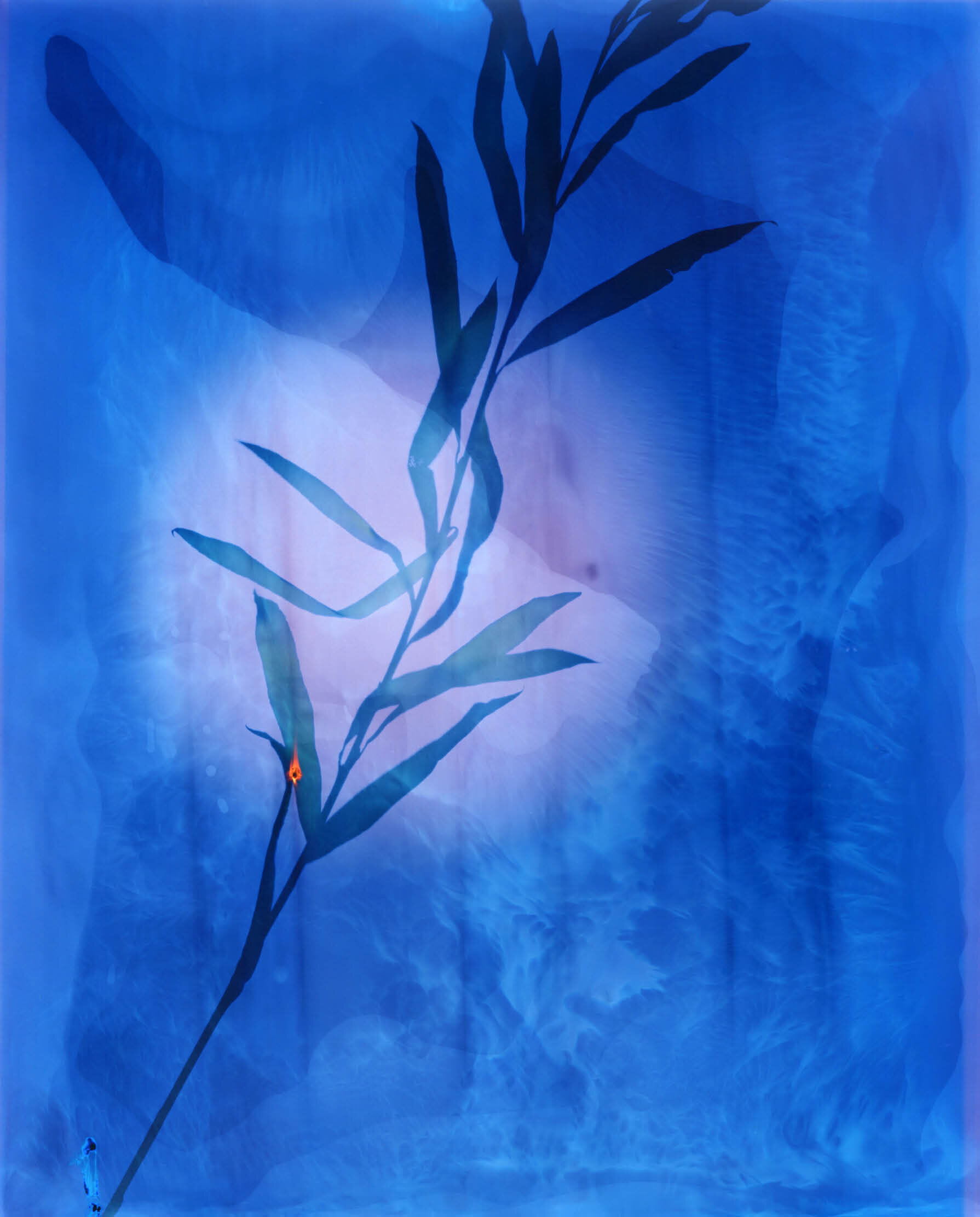Christelle Boulé - Botanica
Christelle Boulé - Botanica
Christelle Boulé's ongoing project Botanica takes us into a kaleidoscopic world inspired by forms of nature, rooted in the traditions of the botanical archive and brought to life through the technique of the photogram.
The vast collection of flora housed within the Botanical Gardens of Montpellier is the source of Boulé's colourful images. This Jardin des Plantes is France's oldest botanical garden, and its six kilometer archive of some 2,600 different species of plant both alive and extinct became the basis of Boulé's personal botanical archive: a renewed preservation and admiration for the wondrous, multitudinous contours and shapes of flowers and plants. Petals, seeds, pistils, stems, and leaves, are all studied from a novel vantage point that emphasizes their abstract qualities, in contrast with the more conventional, analytic depictions of plants seen in traditional botanical illustrations. The ambiguity of her subject matter is achieved through experimentations with the traditional photogram.
The photogram — created by means of objects placed directly onto light-sensitive material, such as photographic paper, and then exposed to light — predates camera-based photography itself. The first photograms were but temporary, ephemeral images: as the chemical processes required to permanently fix images had not yet been discovered, these images would fade away in time. Boulé's use of the photogram technique to record images of nature harks back to the first widely known photograms of botanist Anna Atkins, published in a book entitled Photographs of British Algae: Cyanotype Impressions. The heritage of Atkins' cyanotype photograms of dried algae can be traced back to the even earlier tradition of nature printing, in which natural objects were used to create impressions onto surfaces. While both of these forms focused on enhancing all of the minute details of each natural specimen, Boulé's images are far more enigmatic, revealing and concealing elements by means of the unpredictable nature of the photogram technique.
Whereas the traditional photogram is most commonly grayscale, the works of Boulé are doused in vivid jewel-tones, reminiscent of the psychedelic liquid light shows popularized in the 1960's — what connects both art forms, beyond their shared use of bright, bold colour, is the prerequisite of chance: no two shows, no two images can ever be the same. In augmenting the already brilliant colours that can be found in nature, Boulé essentially creates an archive of a world that isn't real: her own fantastical, idealized garden, in which elements of nature transcend their finitude to become emblems of timelessness. Variations in soft and hard shadows reinforce the materiality of the natural objects, adding a dimension of tactility to her images — as if one could almost reach out and explore the layered elements through touch. Sometimes, Boulé would leave certain natural elements to macerate on the paper, allowing the passage of time to work its magic, and resulting in images that, in essence, visualize snapshots of unique chemical processes and reactions at work. In theory, so long as we may still have the privilege of reveling in the wonders that nature has to offer, we can expect Boulé's botanical archive to continue to grow and transform, like the garden that started it all.
Christelle Boulé (b.1984) is a Canadian-Swiss photographer based between Paris and Lausanne, currently working in both commercial and experimental photography. Boulé’s work was chosen as part of the Fresh Eyes talents of 2020, and her project Through Glass was shortlisted for the Kassel Dummy Award 2020.

